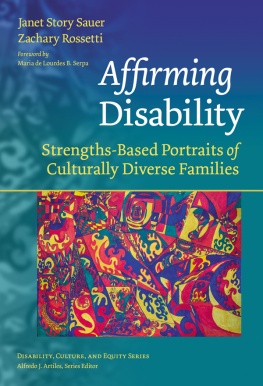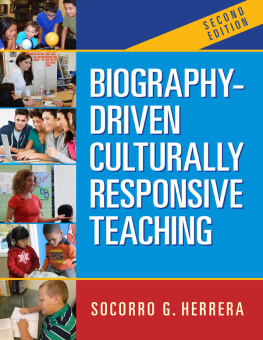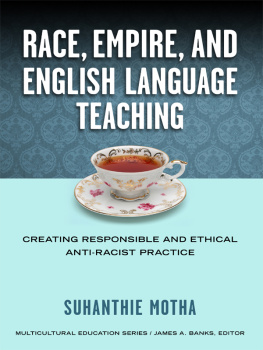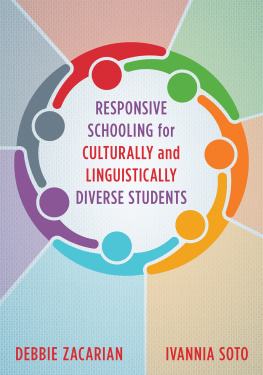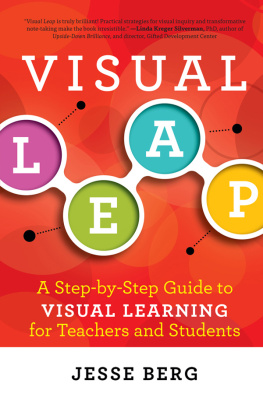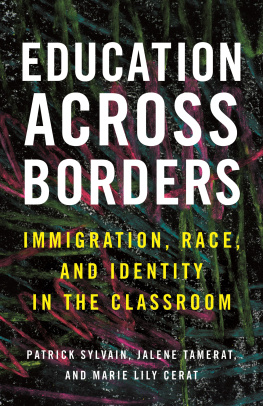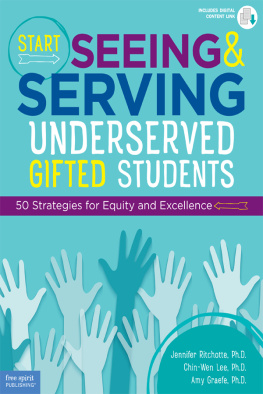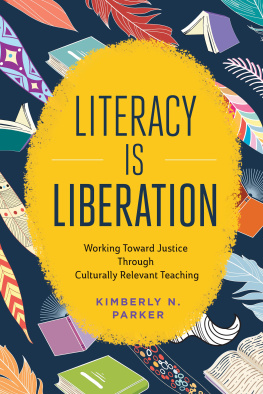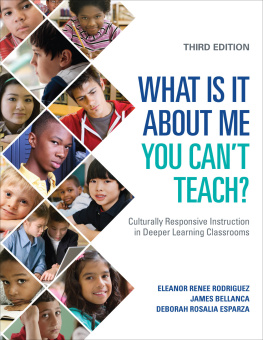
Publishing Credits
Dona Herweck Rice, Editor-in-Chief; Robin Erickson, Production Director;
Lee Aucoin, Creative Director; Timothy J. Bradley, Illustration Manager;
Sara Johnson, M.S.Ed., Senior Editor; Evelyn Garcia, Associate Education Editor;
Juan Chavolla, Cover/Interior Layout Designer; Corinne Burton, M.A.Ed., Publisher
Image credits
All photos courtesy of Baba Riley; p.146 Monkey Business images/Shutterstock
Shell Education
5301 Oceanus Drive
Huntington Beach, CA 92649-1030
http://www.shelleducation.com
ISBN 978-1-4258-0686-6
2012 Shell Educational Publishing, Inc.
Reprinted 2013
The classroom teacher may reproduce copies of materials in this book for classroom use only. The reproduction of any part for an entire school or school system is strictly prohibited. No part of this publication may be transmitted, stored, or recorded in any form without written permission from the publisher.
Table of Contents
Foreword
I am a firm believer that teachers enter the field of education with the intention of doing great things for all students. An environment where all children feel comfortable and capable of learning will be created and teachers will provide a curriculum and employ pedagogical approaches that facilitate high levels of academic achievement for all students. These aspirations are often discussed at a theoretical level and remain aspirations until teachers are equipped with the knowledge and strategies for successful teaching and learning.
In my own journey as a teacher, I can remember beginning the school year with the hopes that I would know how best to support the unique group of students I met each year. As I got to know my students, I was always amazed at the range of diversity they brought to the classroom. I was excited and a little nervous, wondering if I was equipped with the knowledge and strategies needed to serve them equally. Each year, I would turn to colleagues and mentors to help me through the challenges. My colleagues and I explored a variety of strategies, hoping they would work.
As I read this book, I feel empowered as a teacher, knowing I will have access to the practices needed to support diverse student populations. As I reread many chapters, I am reminded of multiple conversations with colleagues searching for answers. Through this book, Sharroky Hollie becomes that colleague: the person you can turn to when you need to understand the beauty of the diversity in your classroom. Not only does it provide the theoretical framework that helps teachers understand what diversity is, but also the practical strategies to support all learners.
This book is a conversation with Sharroky. He asks you to question your learning and to call upon your own expertise and extend your practices. I think we all believe in culturally responsive instruction and probably aspire to be culturally responsive teachers. This book helps novice and experienced teachers understand diversity and equips them with tools to build upon that diversity to reach high outcomes for all students. It is a not only a resource but also a necessary reminder about why we became teachersto provide all students with a relevant, rigorous, and high quality education.
As a teacher educator, I am excited about the opportunity to share this book with my students. It has extended my understanding of culturally responsive instruction through a more holistic framework that incorporates linguistic diversity. Understanding the role of language in academic success is imperative for all teachers. This book clearly discusses culturally and linguistically responsive instruction. It explains that language diversity exists within a language as complexly as it does across languages, and that the language students bring to the classroom is an asset to be developed. There are a variety of strategies shared to help teachers understand language and support diverse language users.
At the beginning of the book, Sharroky tells of the personal importance of writing this book. It was a new chapter in a successful career that captured his passion as an educator. It was that thing we are drawn to do, and if we do not do it, as Sharroky shares, it would haunt us for the rest of our lives. Reading this book is one of those moments for me and will be for many teachers. If we do not learn all we can about the diversity of our students and how to become culturally and linguistically responsive teachers, failing the many students we teach will indeed haunt us for the rest of our lives. I can assure you that reading through this book will equip you with the knowledge and strategies needed to support culturally and linguistically diverse students.
Eugenia Mora-Flores, Ph.D.
Consultant, Author, and Associate Professor,
Rossier School of Education,
University of Southern California
Introduction
Most of us have had some goal, challenge, or feat that we want to accomplish in our personal or professional lives, and not having accomplished that challenge might have haunted us forever. Writing this book was one of my feats. As a teacher educator conducting professional development programs, teaching at the university, and cofounding a school, I developed a way of looking at culturally responsive teaching differently from many educators with whom I interfaced and in a way that was built on the outstanding scholarship and research done previously. As a doctoral candidate conducting research for my dissertation, I realized that while there was voluminous theory on culturally responsive teaching, there was very little in the research on the practice of culturally responsive teaching. There were few, if any, school-wide models or exemplary classrooms. When I researched or inquired where one could find culturally responsive teaching, there was a paucity of examples. At that point, the goal of my research became twofold: making the theory palatable for teachers in the classroom and creating exemplary classroom models around the country.
As other researchers and I developed the approach explained in this book, people would come up to me after one of my presentations or workshops and ask, Do you have a book on this? When I replied, No, they would ask, Why not? and I did not have an adequate response. Colleagues in my field would praise me for the excellence of the work but admonish me for not writing it down. I did not recognize that what I was doing would not have credibility until it was in print. Editors would approach me and ask me to send a proposal and a draft of a chapter. But I never did.
For the past 15 years, I have been a teacher educator from three different vantage points. My first view is from an academic standpointan assistant professor in teacher education at California State University, Dominguez Hills. There, I have taught hundreds of preservice educators in the areas of classroom management, methodology, and reading. As a professor at a teacher-training institute, I have observed student and intern teachers in over 1,000 classrooms. The context for their learning to teach is in the urban schools whose students live in communities like Watts, South Los Angeles, Compton, Long Beach, and other Southern California school districts.


